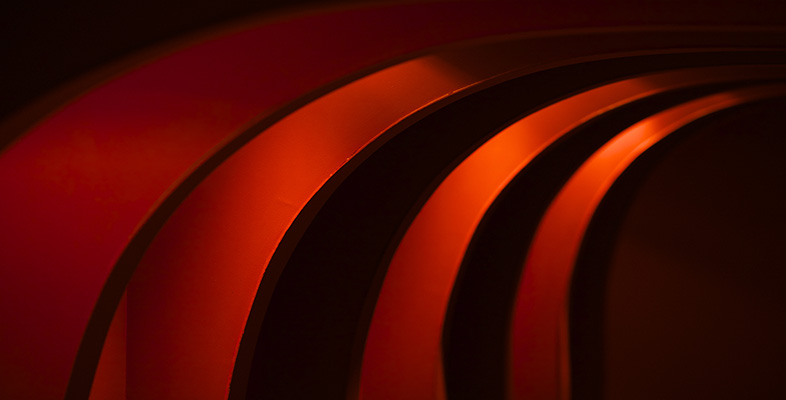5.3 Question 2: Have contrasting colours been placed next to each other?
Contrasting colours are those that are opposite, or almost opposite each other on a colour wheel. Their emotional effects can be to suggest drama, tension or perhaps vibrancy, as in Afrodizzia where it's arguable that the contrasting colours add to the lively, joyous feel of the art work. The effects of contrasting colours can cause the spectator to read a painting in a particular way by drawing their attention to areas of importance. For example, in The Dance, the contrast between the yellow dress of the woman placed left of centre in the composition and the blue that surrounds it tends to draw the spectator's eye to this area of the painting.

